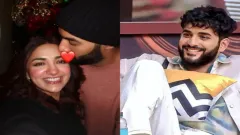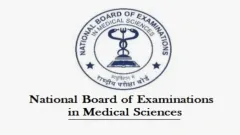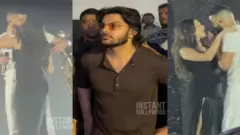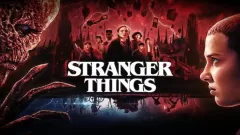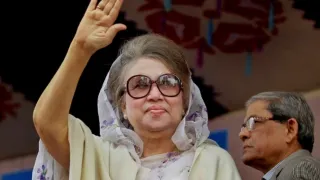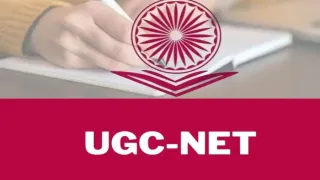In a significant cultural milestone, the Union government of India announced on Thursday that five more Indian languages have been conferred the prestigious status of 'Classical Language.' These languages include Marathi, Bengali, Pali, Prakrit, and Assamese. The announcement was made by Information and Broadcasting Minister Ashwini Vaishnaw during a media briefing following a meeting of the Union Cabinet, chaired by Prime Minister Narendra Modi.
This historic decision reflects the government’s commitment to preserving India’s rich linguistic and cultural diversity. Prime Minister Modi, along with senior leaders across states, hailed the move as an essential step in celebrating India's heritage and fostering respect for regional languages.
A Symbol of Pride and Heritage
Minister Ashwini Vaishnaw, in his address, emphasized that the decision is aligned with Prime Minister Modi’s philosophy of taking pride in India’s cultural heritage. He highlighted that India’s rich linguistic diversity is a source of strength, and promoting regional languages helps keep ancient wisdom and traditions alive. Vaishnaw noted, 'This is a historic decision, and it reflects our pride in our culture and heritage, especially in the diverse languages that form the backbone of India’s identity.'
This decision expands the list of Indian classical languages to 11, with Tamil, Sanskrit, Telugu, Kannada, Malayalam, and Oriya already having achieved classical language status. The addition of Marathi, Bengali, Pali, Prakrit, and Assamese not only celebrates the linguistic diversity of India but also ensures that these languages will receive additional resources for research, education, and preservation.
Prime Minister Modi's Reaction
Following the announcement, Prime Minister Narendra Modi took to social media to express his thoughts. Posting on X (formerly Twitter), he wrote, 'Our Government cherishes and celebrates India's rich history and culture. We have also been unwavering in our commitment to popularising regional languages. I am extremely glad the Cabinet has decided that Assamese, Bengali, Marathi, Pali, and Prakrit will be conferred the status of Classical Languages! Each of them a beautiful language, highlighting our vibrant diversity.'
Modi’s post reflects his government’s agenda of promoting cultural and linguistic diversity. His leadership has consistently championed regional pride, and this recognition of classical languages further strengthens that mission. The recognition also has far-reaching implications for education, literature, and research, as classical languages receive additional grants and attention from scholars worldwide.
Across India, political leaders and cultural ambassadors expressed their joy and gratitude for this significant cultural recognition. Assam Chief Minister Himanta Biswa Sarma celebrated Assamese being granted classical language status, calling it a monumental achievement for the state. Sarma posted on X, stating, 'ASSAMESE IS NOW A CLASSICAL LANGUAGE. On behalf of the people of Assam, I extend my gratitude to Hon’ble Prime Minister Shri @narendramodi Ji and the entire Union Cabinet for the historic decision to accord Assamese the status of Classical Language.'
Sarma highlighted that the decision symbolizes the civilizational roots of Assam and that the recognition will help preserve the unique linguistic heritage of the state. Assamese has long been associated with its rich cultural traditions, including ancient literature, philosophy, and art forms. The classical language status will allow scholars and historians to document better and study this ancient legacy.
Similarly, Maharashtra Deputy Chief Minister Devendra Fadnavis expressed gratitude for Marathi’s inclusion in the list of classical languages. He shared his appreciation for X, calling it a 'long-standing demand' that has finally been fulfilled. 'I express my gratitude to Prime Minister Narendra Modi and the entire Union Cabinet that they accepted our longstanding demand that the Marathi language should be given the status of a classical language. From today, our Marathi language will be known as an elite language. This is a day to be written in golden letters,' Fadnavis posted.
West Bengal Chief Minister Mamata Banerjee also celebrated Bengali’s inclusion, calling it a 'cultural apex' for the language. Her government had submitted extensive research to support the claim, and she expressed her satisfaction that the Union government recognized Bengali’s ancient and rich heritage.
The Importance of Classical Language Status
The designation of a language as 'classical' in India is not merely symbolic. It comes with a series of benefits that help ensure the continued study and preservation of the language. These include increased funding for research projects, the establishment of special university chairs for language studies, and access to resources for producing literary works and dictionaries. Classical languages also receive international recognition, providing further opportunities for collaboration with global scholars.
For languages like Pali and Prakrit, this recognition can help revive interest in ancient texts that have played a critical role in shaping Indian history, philosophy, and religious traditions. Pali is the language of Theravada Buddhism, while Prakrit was widely used in ancient Indian texts, including Jain literature.
With this decision, the government underscores its commitment to the linguistic diversity that defines the Indian subcontinent. The recognition of Marathi, Bengali, Assamese, Pali, and Prakrit as classical languages marks a new chapter in the efforts to preserve and promote India’s linguistic and cultural wealth.
Also Read: What is beef tallow? How to check whether Packet ghee is vegetarian or not







